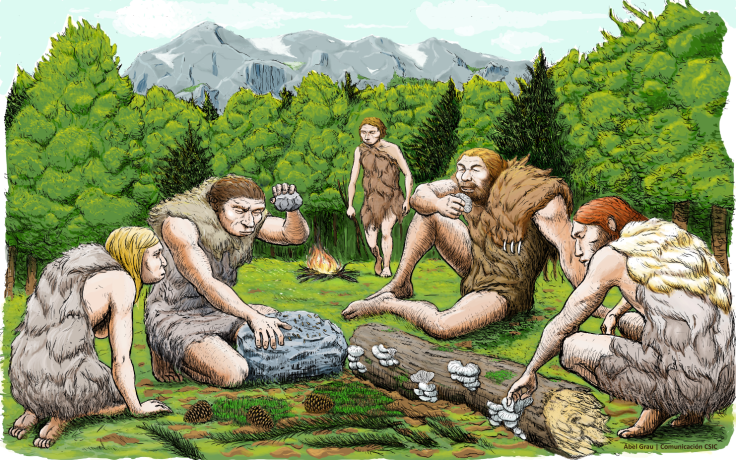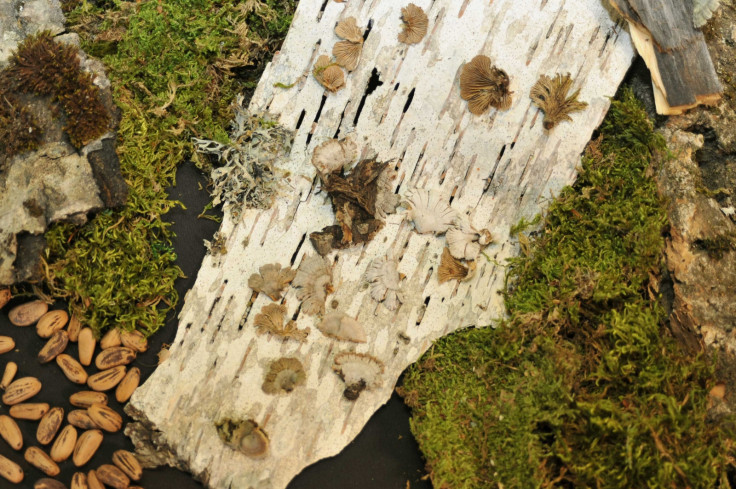Neanderthal regional cuisine revealed: From woolly mammoth to mushroom with pine nuts
European Neanderthals feasted on mammoth in the north but southerners ate no meat at all.
A 48,000-year-old tooth plaque from Neanderthals has revealed our ancient cousins' eating habits, which varied from meat-rich diets to the seemingly entirely meat-free diets.
Neanderthal remains found in Spy Cave, in what is today Belgium, and in El Sidrón Cave in Asturias, northern Spain, have hardened tooth plaque containing traces of the plants and animals that they ate according to a paper published in the journal Nature. This calcified tooth plaque, also called calculus, has preserved DNA from the Neanderthal diet for almost 50,000 years.
"Dental plaque traps microorganisms that lived in the mouth and pathogens found in the respiratory and gastrointestinal tract, as well as bits of food stuck in the teeth – preserving the DNA for thousands of years," said study author Laura Weyrich of the University of Adelaide in a statement.
"Genetic analysis of that DNA 'locked-up' in plaque, represents a unique window into Neanderthal lifestyle – revealing new details of what they ate, what their health was like and how the environment impacted their behaviour."
The Spy Cave Neanderthals' diet was rich in meat. It suggests a life of active hunting the enormous animals, now long extinct, that roamed Europe tens of thousands of years ago. These specimens' tooth plaque had DNA from woolly mammoths, woolly rhinos and mouflon, a type of wild sheep still alive today.
The Asturian Neanderthals of El Sidrón Cave, however, contained only DNA from non-meat sources. Researchers identified DNA from pine nuts, moss and mushrooms in the tooth plaque.
"We were surprised not to find any remains of meat in the Asturias Neanderthals, given that they were thought to be predominantly meat eaters," said study author Antonio Rosas of Spain's National Natural Science Museum.

"However, we have found evidence they enjoyed a varied diet including a wide range of plants. What's more, some of these plants may well have been cooked before being eaten."
Neanderthals are thought to have been opportunistic eaters, basing their diet on the food that happened to be at hand, the study authors note. When they were desperate, they are thought even to have turned to cannibalism.
Previous research has shown that Neanderthals also used medicinal plants such as camomile and yarrow to help them digest heavy meals. The present study also found that Neanderthals self-medicated with tree bark that contained the active ingredient in aspirin.
Analysis of the tooth plaque also revealed a draft sequence of the oldest microbe genome, Methanobrevibacter oralis, which lived in Neanderthals' mouths.

© Copyright IBTimes 2025. All rights reserved.






















